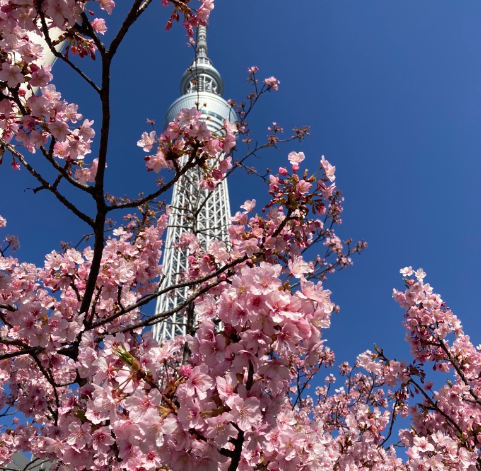In 1810 General José De San Martin and a group of fellow soldiers crossed the Andes to Chile through seven different routes. At the time, both countries were Spanish colonies, and when instability took over in Europe due to Napoleonic wars, the General saw the time apt to claim independence from the crown.
In March of last year, I crossed with a group along the route followed by Captain Lemos. This is also the route through which San Martin was taken back – he was very sick and unconscious at that time.


It took us 5 days and it proved quite interesting. We crossed by feet and shared campsites and dinners with a group crossing horseback riding. There is a very basic shelter that works on a first-come first-served basis – we were lucky enough to find spots. The second and most beautiful day we stopped at Real de la Cruz, where there is an outpost of the Argentinian military. They’re 6 officers on duty, completely isolated for 2-6 months, so when they see people, they tend to be welcoming. We were allowed to sleep inside on the floor, but the structure is excellent and just having walls around you really protects you from the cold. There is even a shower, and water is heated burning wood (so the first 5 people get hot water – I wasn’t expecting a shower, so I was still quite amazed) . An interesting thing I’ve been told is that from there you can get to Laguna del Diamante by feet in 7-15 days. Sounds challenging but also quite rewarding. We shared space with a group of 40 gauchos from the Province of Córdoba who were traveling with their own instruments and playing them at night. These were three generations of men, traveling with their traditional knives and asking us to dance chacarera while they played el cajón. The morning they left, they all stood in the distance and sang Argentina’s national anthem. It was one of these authentic experiences that make you realize how much bigger everything is and how much remote areas are difficult to describe.

The last night we camped by a cave. The arrieros (Andean muleteers) who were traveling with us slept outside all together. They basically built a bedding with wool horseseats, profiting from natural fibres and human warmth. Arrieros spend four months in the mountains and rest of the year they have city jobs, go to university or work with horses. The owner of the horses brought his 9-year old son (during school break) – what an experience for a child! The last day we crossed rivers multiple times and occasionally napped by one of them (sometimes we had to borrow horses, mostly we took our shoes off and felt a rush of cold adrenaline), saw maras (Andean huge rabbits) and a mother guanaco and her breed. We didn’t encounter any pumas, but it’s not impossible to spot them. The last day we had a privileged view of the Mesón San Juan, what is called a glaciar de tierra. That means there is no ice under it, it’s perennial snow. Having dirt under the snow, this feeds a brown river, as opposed to a transparent one. There is a current debate around their categorisation as glaciers. Regardless, they provide abundant water provisions for the region but are at risk.
One characteristic trait of this region is the lack of vegetation – there are plants but no trees, sporadically bushes – it’s really mostly rocks and water. This makes it easier to spot fossils: one of the girls was a biologist, and she found a mesozoic shell: imagine this shell has been there since the Earth was a huge ocean and mountains hadn’t formed yet. If you want to read something scientific, Darwin wrote the Voyage of the Beagle while visiting this area.

The summit was windy, but we had quite the view:


This also marks the international border between Chile and Argentina and thefore we left the Argentinian horses and switched to Chilean ones (I kid you not!). You stamp your passport just after Tunuyán and we got the Chilean stamp (Paso Piuquenes) through prior arrangements with the Chilean police. The way down is quite steep (what in Spanish is known as acarreo):

In hindsight, this is an experience I encourage others to make. While I had been hiking in altitude like once a month before, I think this can be achieved by anyone in reasonable shape. The path is so well marked that I wouldn’t strongly disencourage anyone to attempt this without a guide (people have done this biking), but what makes it really tough is carrying your food and tent (you can drink water from the Andean Rivers). Consider you’ll be walking at 3000-4500 mts above sea level – this means there is less oxygen and you get tired way more easily – having mules carry our things until the last day made all the difference. My guides were from Tunuyán and were very likable.
Here’s our itinerary. Do you have other routes to suggest?



